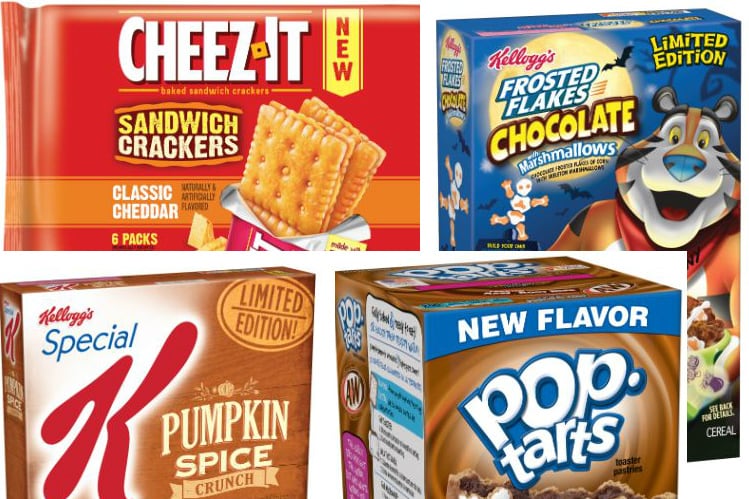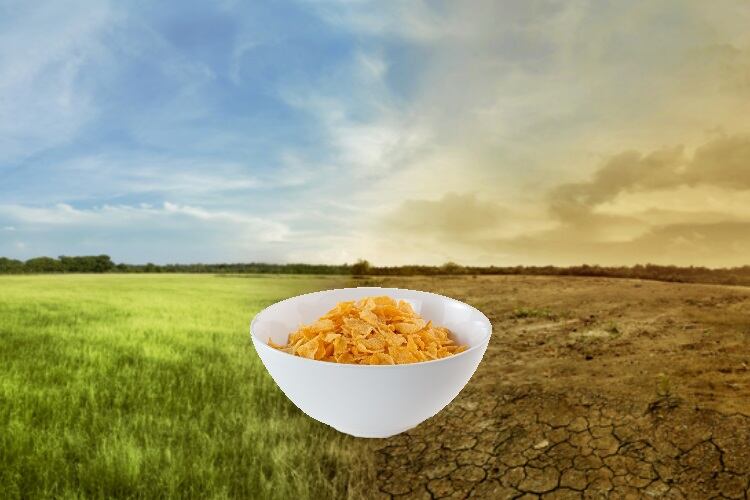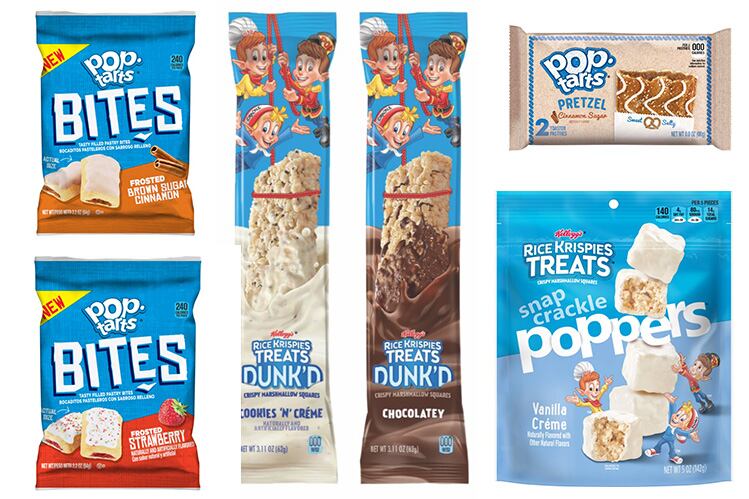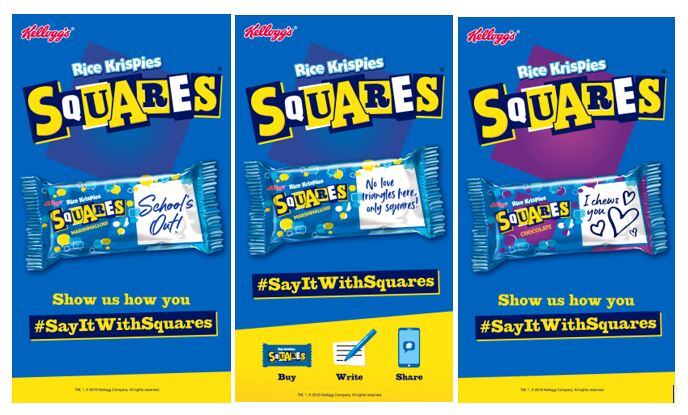Net sales in North America fell 6% to $3.37bn after Kellogg divested its cookie, fruit snacks and ice cream cone family of brands (which had brought in $900m in sales).
International markets provided a bright spot: Latin America net sales increased 2%, while Asia Pacific, Africa and the Middle East (AMEA) grew the fastest with a 6% sales bump in the quarter.
“For the second straight quarter, we were able to grow organic net sales in this region in spite of a soft period for cereal,” chairman and CEO Steve Cahillane told investors in a conference call. “This speaks to the composition of our portfolio and the growth momentum we are seeing in our big snacks and frozen brands. It also speaks to the behind the scenes work we are doing. Our innovations and pipeline are the best we’ve had in years.”
He reaffirmed the company’s 2019 outlook: sales through three quarters have exceeded $10.3bn, compared to $10.2bn at this time last year.
The quarter’s $1bn in operating profit, on the other hand, fell short of the $1.4bn in October 2018.
“We continue to do exactly what we’d said we would. In other words, we remained on strategy,” Cahillane continued, citing strong growth in emerging markets and ‘revitalized’ snack brands achieved through product innovation and a push to on-the-go pack formats.
This focus on higher growth categories and markets was the right move for Kellogg’s longterm growth, he said, adding the Michigan-based company was contemplating ‘incremental investments’ in the fourth quarter and into 2020.
“In fact, the heaviest lifting and the biggest, most disruptive actions are largely behind us. We can now work on restoring profitability, as well as on more targeted areas of investment. Remember: we’re building a foundation for consistent, steady growth over time.” --Kellogg CEO Steve Callihane
Additionally, corporate restructuring in both Europe and North America have also played into the company’s agility, efficiency and effectiveness, he said.
‘We are not where we need to be’: cereal lags in North America
“Candidly, cereal has taken a little longer than anticipated to bounce back after we pulled back investment in the first half to execute our pack size harmonization program,” said Cahillane, referencing a branding overhaul of its full cereal line to focus on the Kellogg name.
In addition to generally soft sales, Kellogg also delayed promotional activities to build capacity for other products, which played into cereal’s continued North America stumbles.
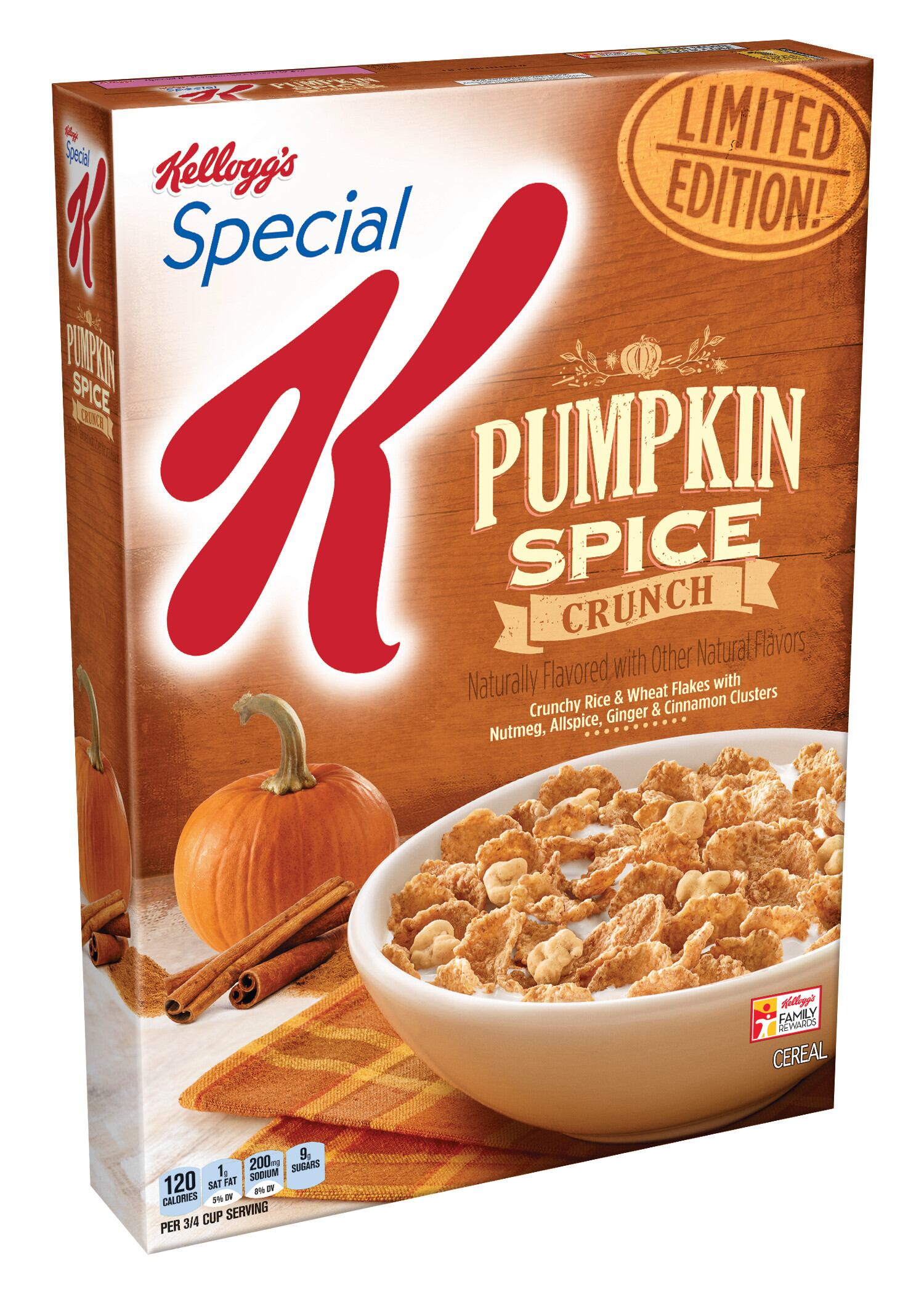
The ‘Taste-Fun’ segment – which includes brands like Frosted Flakes, Honey Smacks, Fruit Loops and Krave – underwent the rebrand in the first quarter, leading to earlier gains in consumption and market share. The health and wellness subset saw the new packaging later, but Callihane was encouraged by “positive reactions to new advertising campaigns” for Special K and Mini Wheats.
He also mentioned the impact of cutting back on underperforming SKUs.
“Clearly, cereal in the US is job number-one in terms of what we have not delivered relative to our performance across the board, so it’s obviously a priority,” he said, expressing optimism that sticking to the plan would pan out in coming months.
Kellogg will ‘reinvest in the category’ more fully once the entire range is in its new packaging.
Modest growth in Europe – where its cereals are growing faster than the category thanks in part to the new White Chocolate Cocoa Pops and a ‘food being the hero’ promotional campaign for Special K – has proffered cautious optimism, added Callihane.
“Broadly speaking, the fact that Europe is in the type of growth it is in cereal is an inspiration for us, and there is definitely a learning that can be applied in the US. But we’ve got work to do in the US. We know that; we’re on it. When we get that to where we know we can get it, I think the rest of the portfolio really shines through.”
Snacks gaining share worldwide (with Pringles as king)
Kellogg separates its snacks into three categories: crackers, salty snacks and portable wholesome snacks. Together, they grew 4% in the quarter, despite being the segment ‘most affected’ by the Keebler and Famous Amos divestiture.
“Behind the share gain was continued momentum by our biggest brands, driven by our effective brand building, incremental innovation and growth in occasion based pack formats,” said Callihane, noting Pringles’ on-the-go packaging and its new Wavy format in North America. Cheez-It and Rice Krispies enjoyed doublt-digit consumption growth, thanks to new occasion offerings, including the latter’s Poppers. Pop-Tarts and NutriGrain were also buoyed by bite-sized product launches.
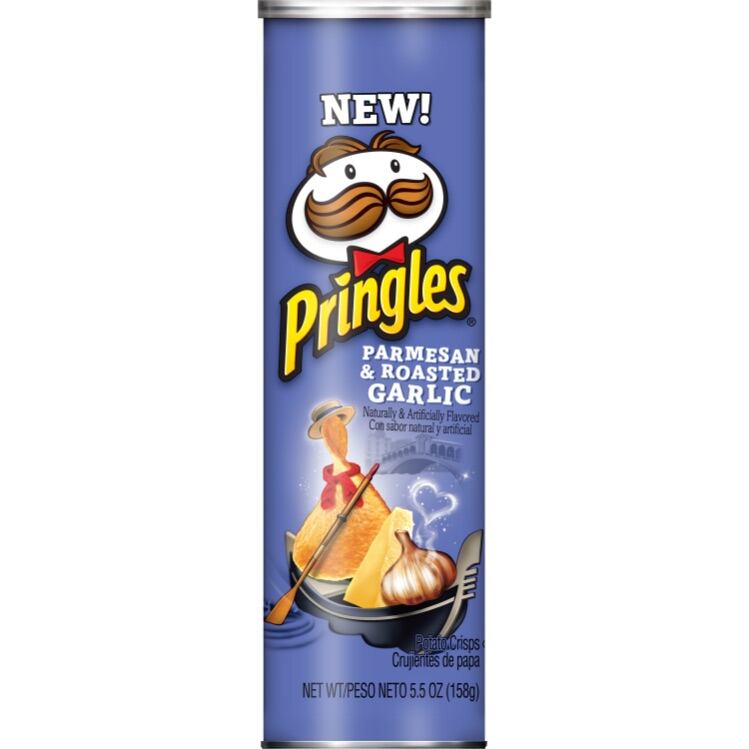
In Europe, Kellogg gained 8% in consumption share led by Pringles and Rice Krispies Squares in the UK. Russia also helped boost cereal.
Meanwhile, in Latin America, sales have increased 6% year-over-year, with Pringles and cereal paving a way forward in Mexico. Kellogg also built a manufacturing facility for its popular chips brand in Brazil: “Despite a challenging environment, we continue to feel good about our business in Latin America,” said Callihane.
AMEA (Asia, Middle East and Africa) continues to be the company’s fastest-growing region, surging by 8% in the third quarter. Pringles again have proven to be a force abroad, with expanded distribution in Australia, South Korea, India and Saudi Arabia.
Investments in the pipeline?
Callihane did not rule out potential investment in emerging markets or in new brands all together, but emphasized the importance of finding the right balance between volume and price mix in every region.
“If we find the opportunity to find a great business in a white space in snacking, in better-for-you, in developed markets – that could be interesting. Scale in emerging markets is very interesting for us,” he said.
As a template, he referenced the company’s 2016 investment in Parati, a Brazlian biscuit, pasta and powdered beverage manufacturer, and its 50% stake in Multipro, an African noodle maker and distributor. Both have provided essential gains in these developing markets.

